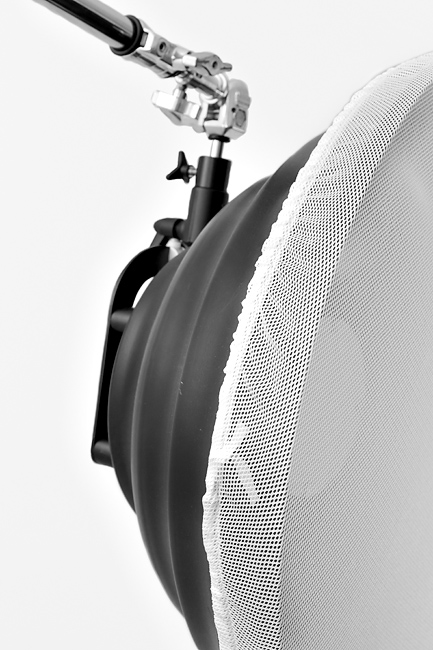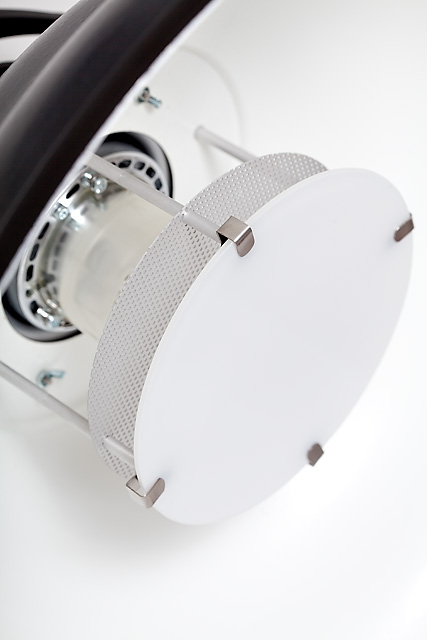Llumm Studios & Innovafoto Mola test
Our fantastic friends at Llumm Studios, Valencia Spain, recently teamed up with the Spanish Mola distributor, Innovafoto, to create a comprehensive Mola test. There intention was to recreate the same conditions for each softlight, so they could appreciate the differences that exist among the different Mola range.
“I am just excited about the new Mola reflectors. My company, Llumm Studios, in collaboration with Innovafoto, has collected each Mola reflector model to arrange a comprehensive test of their differences and peculiarities. … I hope this analysis helps you in choosing your Mola. Although the tests are very exhaustively done, you know results can be changed simply by zooming in or out any on these light sources.”
“The test has two parts: First, focused on the model, Charles, and secondly we took general shots where we could see the light effect over a large area. We will check the differences in shadows and contrast and also the range and light fall-off of each Mola reflector.”
Read up on the testing here – http://www.llumm.com/test-mola/ (in spanish)
Below is a behind-the-scenes video of the testing process…
and see the results from their test here: http://www.llumm.com/test-reflectores-mola/ (including images like that shown below, click on the issuu ‘expand’ link)
click below for a bigger version… (courtesy Llumm Studios, translated by Mola)
www.llumm.com
www.innovafoto.com






